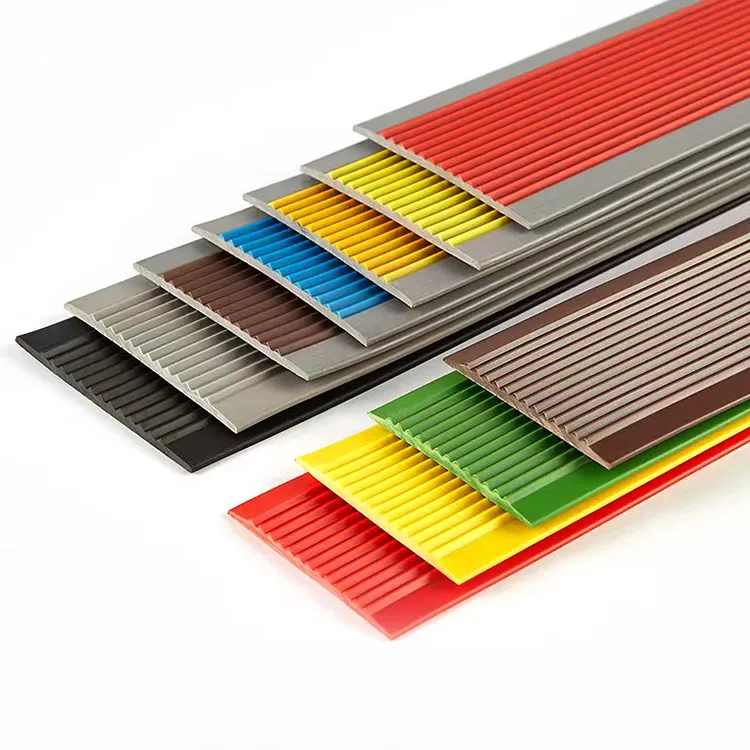car weather stripping
Weather Stripping A Comprehensive Guide for Car Owners
Weather stripping is a crucial yet often overlooked aspect of vehicle maintenance that plays a significant role in ensuring comfort and efficiency. This simple but effective solution involves the application of materials around doors, windows, and other openings in a vehicle to prevent the entry of air, water, and noise. In this article, we will explore the importance of weather stripping, the types available, how to maintain it, and when to replace it.
The Importance of Weather Stripping
Cars are designed to provide a comfortable environment for drivers and passengers. However, over time, wear and tear can lead to gaps or deteriorated seals around the car's openings. This is where weather stripping comes into play. Proper weather stripping serves multiple purposes
1. Insulation It helps maintain the interior temperature of the vehicle, making it more energy-efficient. Effective weather stripping prevents conditioned air from escaping, reducing the workload on your heating and cooling systems.
2. Water Protection It acts as a barrier against rain and moisture, protecting the interior of the car from water damage, mold, and mildew. This is especially important in areas prone to heavy rainfall.
3. Noise Reduction Weather stripping minimizes wind noise and vibrations, providing a quieter ride. This enhancement in cabin comfort can significantly improve the overall driving experience.
4. Dust and Debris Prevention It helps keep dust, dirt, and debris out of the vehicle, ensuring a cleaner interior and reducing wear on various components within the cabin.
Types of Weather Stripping
There are several types of weather stripping materials commonly used in automobiles
2. Foam Available in various thicknesses, foam weather stripping is flexible and can fill larger gaps. It is often used in window frames and other areas where a tight seal is necessary.
car weather stripping

3. Vinyl This material is frequently used in conjunction with other types of weather stripping for added durability and a better visual match with the car's interior.
4. Felt While not as common as rubber or foam, felt weather stripping can be effective in certain areas where a softer seal is desired.
Maintenance and Replacement
Regular inspection and maintenance of weather stripping can help prolong its lifespan. Here are some tips for maintaining your vehicle's weather stripping
1. Clean the Seals Use mild soap and water to clean the weather stripping regularly, removing dirt and debris that can cause wear.
2. Check for Damage Periodically inspect the seals for signs of cracks, tears, or other damage. Pay attention to areas where the weather stripping might be exposed to the sun or extreme temperatures.
3. Lubricate Applying silicone spray or a similar lubricant can help keep the rubber flexible and work effectively.
4. Conduct a Water Test If you suspect leaks, conduct a water test by spraying water over the seals and checking for any signs of moisture entering the vehicle.
When it comes to replacement, it is typically recommended to do so every few years or sooner if the weather stripping shows significant wear. Signs of damage include visible cracks, missing sections, or an inability to create a tight seal. Replacing worn weather stripping not only enhances comfort but can also help you avoid more significant repair issues in the long run.
Conclusion
Weather stripping is an essential part of vehicle maintenance that significantly impacts comfort, efficiency, and overall driving experience. By understanding its role, familiarizing yourself with the types available, and committing to regular maintenance checks, you can ensure that your car remains in optimal condition. Don’t overlook this simple solution—investing time in maintaining your weather stripping can lead to a quieter, more comfortable, and more efficient ride for years to come.
-
Under Door Draught Stopper: Essential ProtectionNewsJul.31,2025
-
Garage Door Seal and Weatherstrips for ProtectionNewsJul.31,2025
-
Edge Banding Tape for Perfect EdgesNewsJul.31,2025
-
Table Corner Guards and Wall Corner ProtectorsNewsJul.31,2025
-
Stair Nose Edging Trim and Tile Stair SolutionsNewsJul.31,2025
-
Truck Bed Rubber Mats for Pickup BedsNewsJul.31,2025
-
Window Weather Stripping for Noise ReductionNewsJul.29,2025